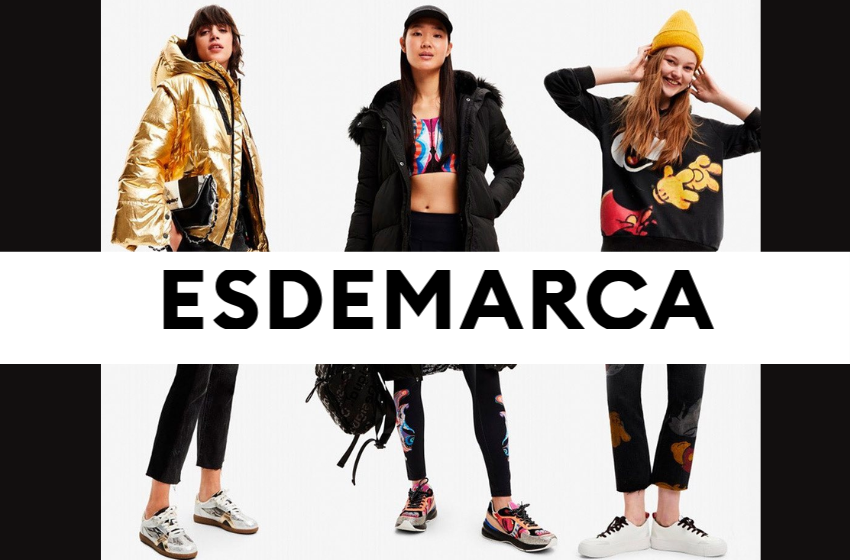
Introduction to Everlane
Everlane is a fashion brand that has taken the industry by storm with its refreshing approach to ethical practices. Founded in 2010 by Michael Preysman, Everlane aims to create simple, high-quality clothing and accessories while being transparent about their production process and pricing.
In addition to transparency, Everlane also prioritizes sustainability in their production process. They are committed to using environmentally-friendly materials like recycled plastic bottles for their jackets and organic cotton for their t-shirts. They also strive to reduce waste through innovative initiatives such as reusing excess fabric scraps in other products or donating them to other companies for repurposing.
The history of Everlane and its founders
Everlane, a popular fashion brand known for its ethical practices and transparency, has quickly gained a loyal following since its launch in 2010. But what is the story behind this innovative company and who are the founders behind it?
The history of Everlane begins with its two co-founders, Michael Preysman and Jesse Farmer. Preysman graduated from Carnegie Mellon University with a degree in mechanical engineering and worked as an investment banker before starting Everlane. Farmer, on the other hand, had a background in software development and was working at a startup company when he met Preysman through mutual friends.
In 2008, while traveling through China together, Preysman noticed the stark contrast between the luxurious malls selling designer goods to wealthy tourists and the dilapidated factories where these products were actually made. This experience left a lasting impact on him and planted the seed for his future business venture.
How Everlane is disrupting the traditional fashion model
Everlane has been making waves in the fashion industry with its unique approach to clothing production and distribution. The brand has gained a loyal following of customers who appreciate their commitment to transparency, sustainability, and ethical practices. In this section, we will delve deeper into how Everlane is disrupting the traditional fashion model and setting new standards for the industry.
1. Transparent Pricing : One of the key ways Everlane is breaking away from the traditional fashion model is through its transparent pricing strategy. The brand believes in providing its customers with full visibility into the cost breakdown of each product. They call it "Radical Transparency." This means that consumers can see exactly how much they are paying for materials, labor, transportation, and even marketing costs. By doing so, Everlane eliminates the markups typically associated with luxury brands and offers high-quality products at a fraction of the price.
2. Direct-to-Consumer Model : Another way Everlane is challenging conventional fashion practices is by adopting a direct-to-consumer business model. Instead of selling through middlemen such as department stores or boutiques, Everlane sells directly to consumers through its website and physical stores. By cutting out these intermediaries, they can keep their prices affordable while maintaining quality control over their products.
Conclusion
In a world where fast fashion reigns supreme, Everlane is showing that ethical and sustainable practices are not only possible but also profitable. By being transparent about their production processes, materials used, and fair pricing for workers, this brand has gained a loyal following of conscious consumers. Their commitment to creating high-quality, timeless pieces without harming the planet or exploiting workers is truly inspiring. Hopefully, more fashion brands will follow in Everlane footsteps and prioritize ethics over profits. Together, we can make a positive impact on both the fashion industry and the world.




